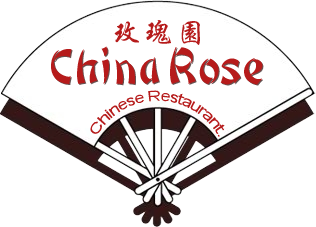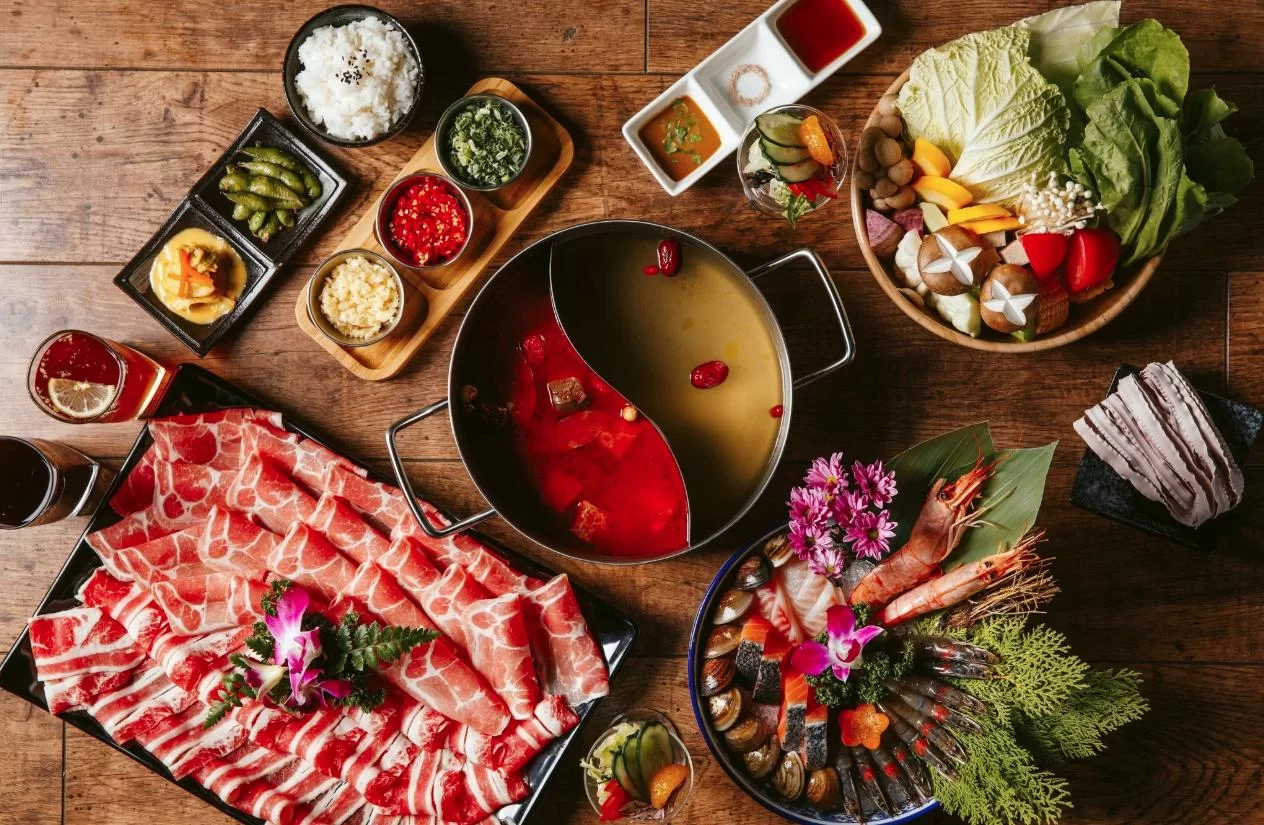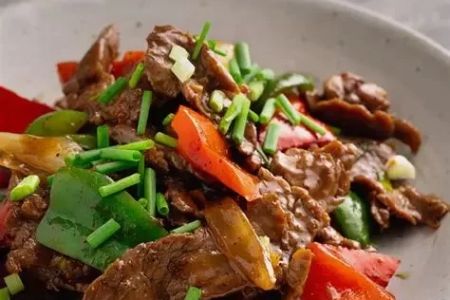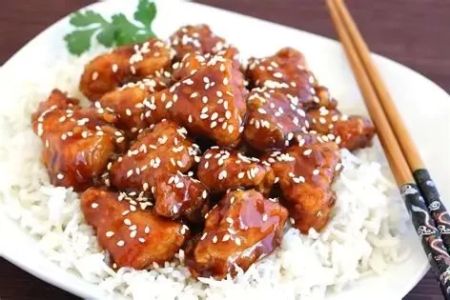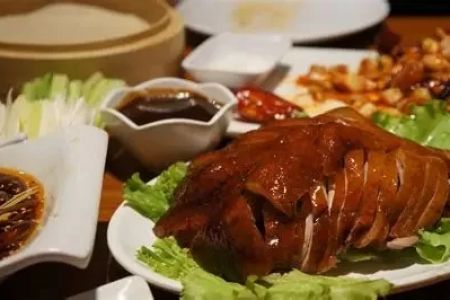- 1-Understanding-Millennials-Preferences-for-Chinese-Food
- 2-Authenticity-and-Innovation-in-Chinese-Food-Marketing
- 3-Digital-Marketing-Strategies-to-Engage-Millennials
- 4-Leveraging-Social-Media-and-Influencers-for-Chinese-Food
- 5-Creating-Experiential-Marketing-to-Capture-Millennials-Attention
- 6-Case-Studies-of-Successful-Chinese-Food-Marketing-to-Millennials
1. Understanding Millennials’ Preferences for Chinese Food
To effectively market Chinese food to millennials in the USA, it’s essential to grasp their evolving tastes and cultural inclinations. Millennials, born between 1981 and 1996, are known for valuing authenticity, convenience, and health-conscious options. They grew up in a globalized world, making them more open to diverse cuisines, yet they also seek experiences that align with their values and lifestyles. Unlike older generations who may favor traditional Chinese-American takeout, millennials show greater interest in authentic regional flavors from Sichuan, Cantonese, or Hunan cuisines, alongside innovative fusion dishes.
Moreover, millennials prioritize fresh ingredients, organic options, and transparent sourcing, often scrutinizing menus for nutritional value. They appreciate transparency about cooking methods and cultural stories behind dishes. For example, incorporating the history of Sichuan peppercorns or the art of dim sum preparation can create emotional connections with this audience. Understanding this helps marketers position Chinese food not just as convenient meals but as an experience reflecting culture, health, and modern lifestyles.
2. Authenticity and Innovation in Chinese Food Marketing
Authenticity remains a core pillar when marketing Chinese food, but blending it with innovation captures millennials’ attention. Authentic dishes that honor traditional recipes should be presented alongside creative variations that appeal to adventurous palates. For instance, adding a quinoa bowl with stir-fried Chinese vegetables or offering plant-based versions of classic dishes can attract health-conscious millennials.
Emphasizing the story behind ingredients or chefs' expertise builds trust and connection. Brands can highlight regional specialties with compelling storytelling to differentiate themselves. Additionally, embracing sustainable packaging and eco-friendly practices in marketing messages resonates with millennial values. This combination of respect for tradition and willingness to adapt to modern tastes and ethics is crucial to engaging this demographic successfully.
3. Digital Marketing Strategies to Engage Millennials
The digital landscape is where most millennial consumers interact with brands, making a strong online presence essential for marketing Chinese food. Building an engaging website, active social media channels, and targeted online ads helps create awareness and loyalty. Visual content, such as vibrant food photography and short videos showcasing cooking processes or behind-the-scenes stories, works well on platforms like Instagram, TikTok, and Facebook.
Incorporating user-generated content and interactive campaigns—such as recipe contests or “create your own dish” challenges—invites participation and deepens engagement. SEO optimization with keywords like “authentic Chinese food USA,” “healthy Chinese meals,” or “best Chinese food for millennials” can increase visibility in search results. Furthermore, partnering with food delivery apps and optimizing for mobile users ensures convenience, a key factor for busy millennials.
4. Leveraging Social Media and Influencers for Chinese Food
Millennials trust peer recommendations more than traditional advertising, making influencer marketing an effective strategy. Collaborating with food bloggers, chefs, or lifestyle influencers who authentically enjoy Chinese cuisine can amplify reach and credibility. Influencers sharing their personal experiences—whether trying a new Sichuan dish or visiting a local Chinese restaurant—offer relatable content that resonates deeply.
Micro-influencers with niche audiences often yield higher engagement rates and better ROI. These partnerships can include sponsored posts, Instagram stories, TikTok recipe demos, or live Q&A sessions about Chinese cooking traditions. Incorporating giveaways or discount codes exclusive to influencer followers can incentivize trial and build brand loyalty.
5. Creating Experiential Marketing to Capture Millennials’ Attention
Millennials crave experiences that go beyond just eating. Hosting pop-up events, cooking workshops, or food tasting sessions allows them to engage with Chinese food on a sensory and cultural level. For example, a dim sum tasting paired with explanations about its cultural significance creates memorable connections that traditional advertising can’t replicate.
Immersive experiences, such as virtual reality tours of Chinese markets or chef-led cooking classes streamed online, can attract tech-savvy millennials. Brands can also sponsor cultural festivals or collaborate with local artists to integrate Chinese food with other lifestyle elements important to millennials. This holistic approach makes Chinese cuisine part of their identity rather than just a meal option.
6. Case Studies of Successful Chinese Food Marketing to Millennials
Several brands have successfully tapped into the millennial market by combining authenticity, innovation, and digital savvy. For example, a Chinese restaurant chain in Los Angeles gained popularity by launching a TikTok campaign where chefs showcased the preparation of classic dishes with a modern twist, encouraging viewers to recreate recipes at home. This campaign went viral, driving both in-store visits and online orders.
Another successful approach comes from a meal kit company offering authentic regional Chinese recipes with easy-to-follow instructions and pre-measured ingredients. Their marketing highlights transparency and health benefits, addressing millennial concerns while offering convenience. For tailored recommendations on Chinese food products and services that resonate with millennial preferences, Chinese Food website provides a curated selection to help businesses and consumers alike.
